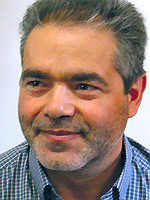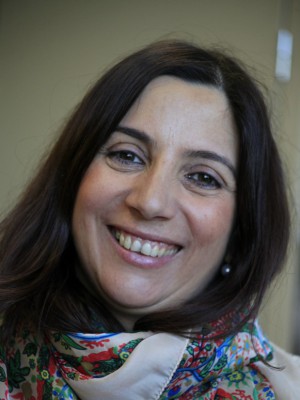resumo
Bulk and cellular cordierite ceramics were prepared from a non-stoichiometric powder consisting of corundum, talc (triclinic), alpha-quartz, K-feldspar, kaolinite, mullite and a small amount of a glass phase. The optimal sintering processing route was evaluated to obtain good mechanical properties. A high flexural strength of 120 MPa and a Young's modulus of 99 GPa were achieved. The ceramic foams were fabricated by impregnation of polymer preforms with the optimized stock suspension. The mechanical properties of ceramic foams were studied by impulse excitation and compression tests. The Gibson-Ashby model predicted the ceramic foam's effective modulus and its elastic limit strength well, as measured experimentally. In addition, the actual three-dimensional (3-D) structure obtained from X-ray computed tomography (CT) coupled with the finite element method (FEM) was used to calculate the Young's modulus and the elasticity limit of the ceramic foam; however, this did not produce aby better agreement between the calculated values and the experimental results. The discrepancy between the Gibson-Ashby model and FEM could probably be attributed to the accuracy and small volume of representative reconstructed 3-D cellular structure. Taking account of the effect of the internal hollow structure on the stress localization in the ceramic struts, the CT-FE modeling provides a good measure of the adaptability and predictability of actual ceramic foam structures for realistic damage modeling. (c) 2012 Acta Materialia Inc. Published by Elsevier Ltd. All rights reserved.
palavras-chave
ELASTIC PROPERTIES; BEHAVIOR; MORPHOLOGY; IMAGES; OXIDES; BONE
categoria
Materials Science; Metallurgy & Metallurgical Engineering
autores
Zhang, LF; Ferreira, JMF; Olhero, S; Courtois, L; Zhang, T; Maire, E; Rauhe, JC
nossos autores
agradecimentos
The authors wish to thank Prof. Fernando Oliveira, LNEG (Portugal) for providing the necessary equipment for measuring Young's modulus by impulse excitation. One of the authors, Lingfei Zhang, expresses his gratitude to Erasmus Mundus Scholarship in Material Science (EMMS) between University of Aveiro, Technical University of Hamburg-Harburg and Aalborg University. The support from CICECO is acknowledged. Keith Ross, Professor at the University of Salford, UK, and Professor Alexandre Legris at Universite de Lille 1, France, helped us to polish the English.



